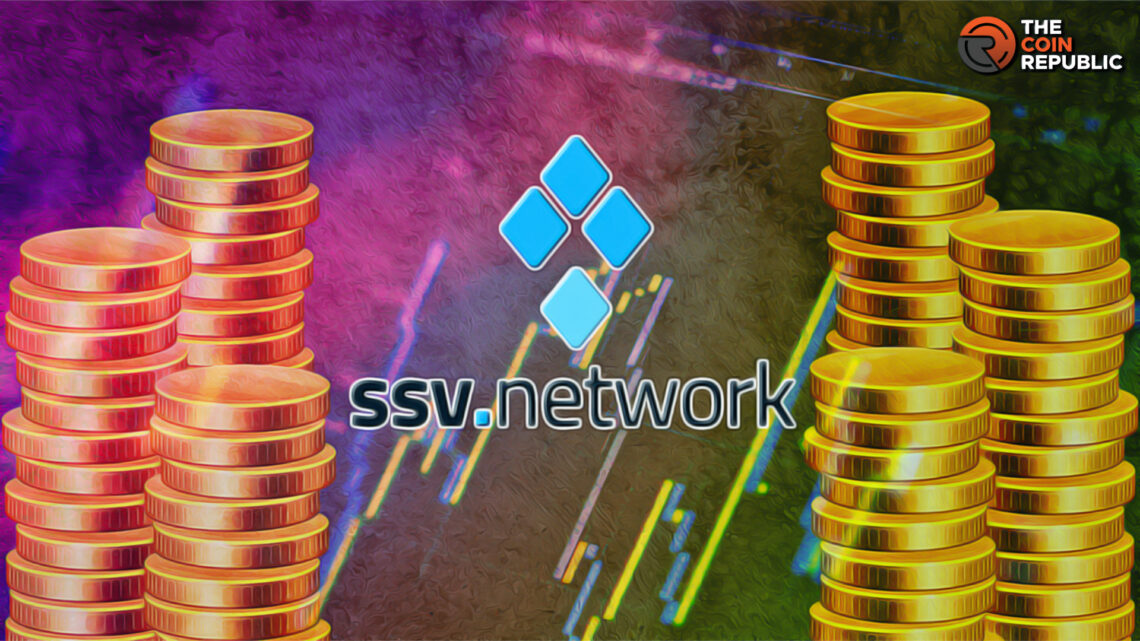- 1 SSV.network is bringing a new mainnet to optimize staking.
- 2 According to the platform, this new mainnet will solve issues that centralized staking providers face.
- 3 The new program will enable the Ethereum network to provide better solutions in this space.
Decentralized staking infrastructure SSV.network announced the launch of its mainnet. The platform is doing it to effectuate the distributed validator technology. The validators lock in stakes in a typical Proof-of-Stake blockchain. It basically runs the process of securing and adding new blocks to the network.
The mainnet is supposed to do great things for the staking system. But before one delves into it, understanding the basics is essential. So, let’s see what decentralized staking and mainnet mean.
Staking System in Cryptocurrency
Staking happens when crypto holders start to stash their digital assets. In this context, they don’t do it for personal gain. They do it to strengthen the network and in return, they receive rewards. It takes place only on Proof-of-Stake blockchains and follows a certain process. In this environment, users stake a predetermined sum of the blockchain’s native token. This action supports the generation of new blocks and the validation of transactions.
Mainnet
Mainnet is a fully developed and deployed blockchain protocol that executes multiple transactions. In this environment, crypto transactions are recorded, verified, and broadcast. It functions independently and manages its own tokens in an autonomous fashion. Before implementing this solution, developers take a few other steps. They test features and execute sales to find funding. Unlike Testnet, Mainnet uses its own native token. The former uses ERC-20 tokens which can be used in ICOs as well.
With the explanations taken care of, let’s get back to the news now.
Here’s What SSV.network Mainnet Will Do
Stakers need to lock in at least 32 ether to make the staking mechanism work. Only then, the participants are eligible to be a validator. Those who don’t have 32 ether can take the help of liquid staking providers. It ensures that participation in network activities never stops.
Today, a fistful of players can hold many liquid-staked ETH. Most notably, Lido holds a lion’s share with 32% of the shares. More than that, centralized exchanges like Coinbase, Binance, and Kraken also hold 19% stakes collectively. According to Blockworks research analyst Westie, DVT will bring some major changes. It will enable multiple nodes to run one validator.
As a result, the staking infrastructure gets decentralized. Also, it maintains uptime well with just one node being online. Moreover, it brings in more flexibility while streamlining the construction of validators. In case of SSV.network, registered operators will run every single validator node. The operators get all their commands from SSV smart contracts.
It should be noted that the mainnet launch will also bring in additional dApps. It will deploy ten different decentralized staking applications. They are: Claystack, Coindella, Chainup, XHash, StakeTogether, Metapool, 01node, Stakestar, Ankr, and Stader. Working closely with its partners, SSV Network brings in new advancements. It upgrades the Ethereum staking while alluring many users.
Alon Muroch, the lead at SSV.network, said that the protocol is a great achievement for the ETH ecosystem. He said that the protocol will bring in more users who are scared of trusting single entities. According to him, this staking system will change their beliefs forever.
Steve Anderson is an Australian crypto enthusiast. He is a specialist in management and trading for over 5 years. Steve has worked as a crypto trader, he loves learning about decentralisation, understanding the true potential of the blockchain.


 Home
Home News
News








